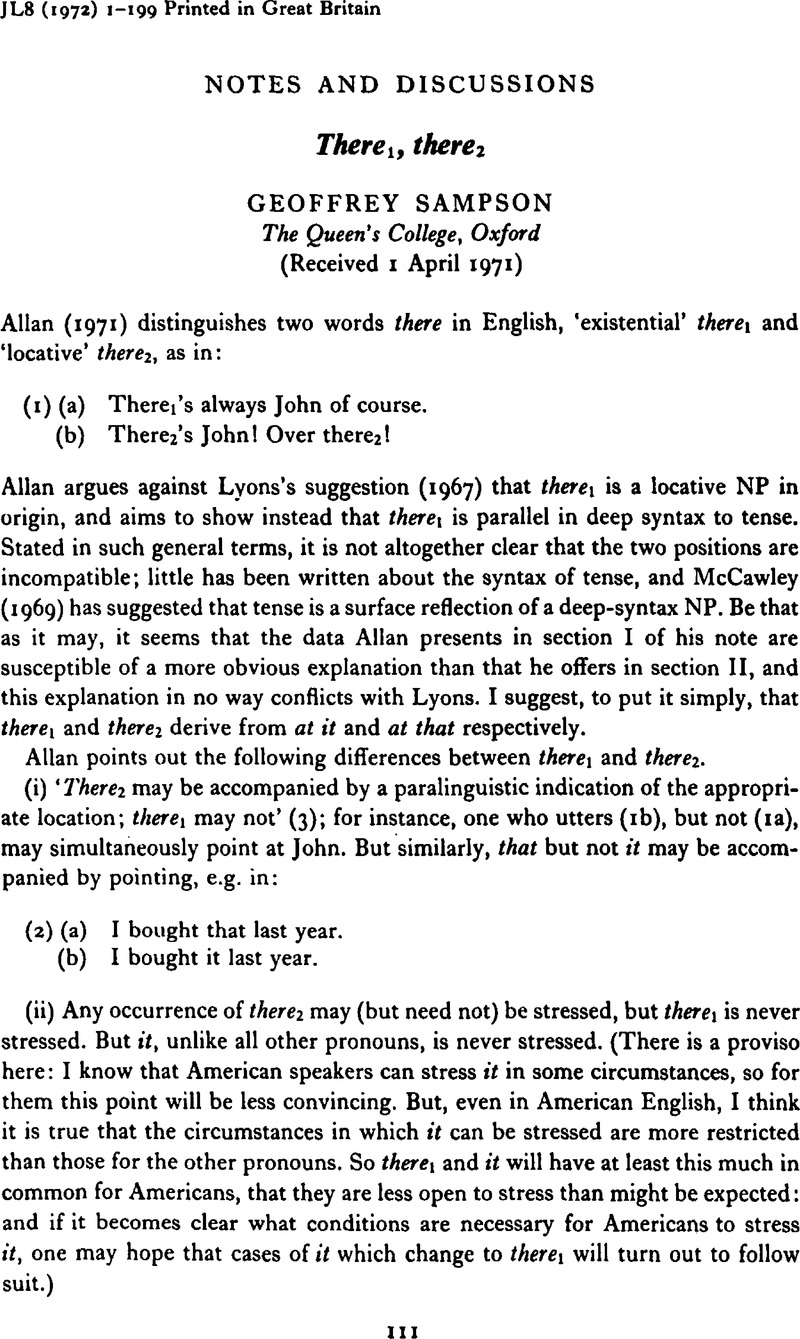Crossref Citations
This article has been cited by the following publications. This list is generated based on data provided by Crossref.
Lodge, Ken R.
1979.
A three-dimensional analysis of non-standard english.
Journal of Pragmatics,
Vol. 3,
Issue. 2,
p.
169.
Pettinari, Catherine
1982.
Linguistics and Literacy.
p.
145.
BARNES, L. A.
1984.
DAAR- EN THERE-KONSTRUKSIES.
South African Journal of Linguistics,
Vol. 2,
Issue. 1,
p.
1.
Breivik, Leiv Egil
1989.
Language Change.
p.
29.
Breiuik, Leiv Egil
1992.
ON DOING LINGUISTIC RESEARCH.
Studia Linguistica,
Vol. 46,
Issue. 2,
p.
173.
Duffley, Patrick
2018.
The Cognitive Structure of Full-Verb Inversion and Existential Structures in English.
Cognitive Semantics,
Vol. 4,
Issue. 2,
p.
184.



